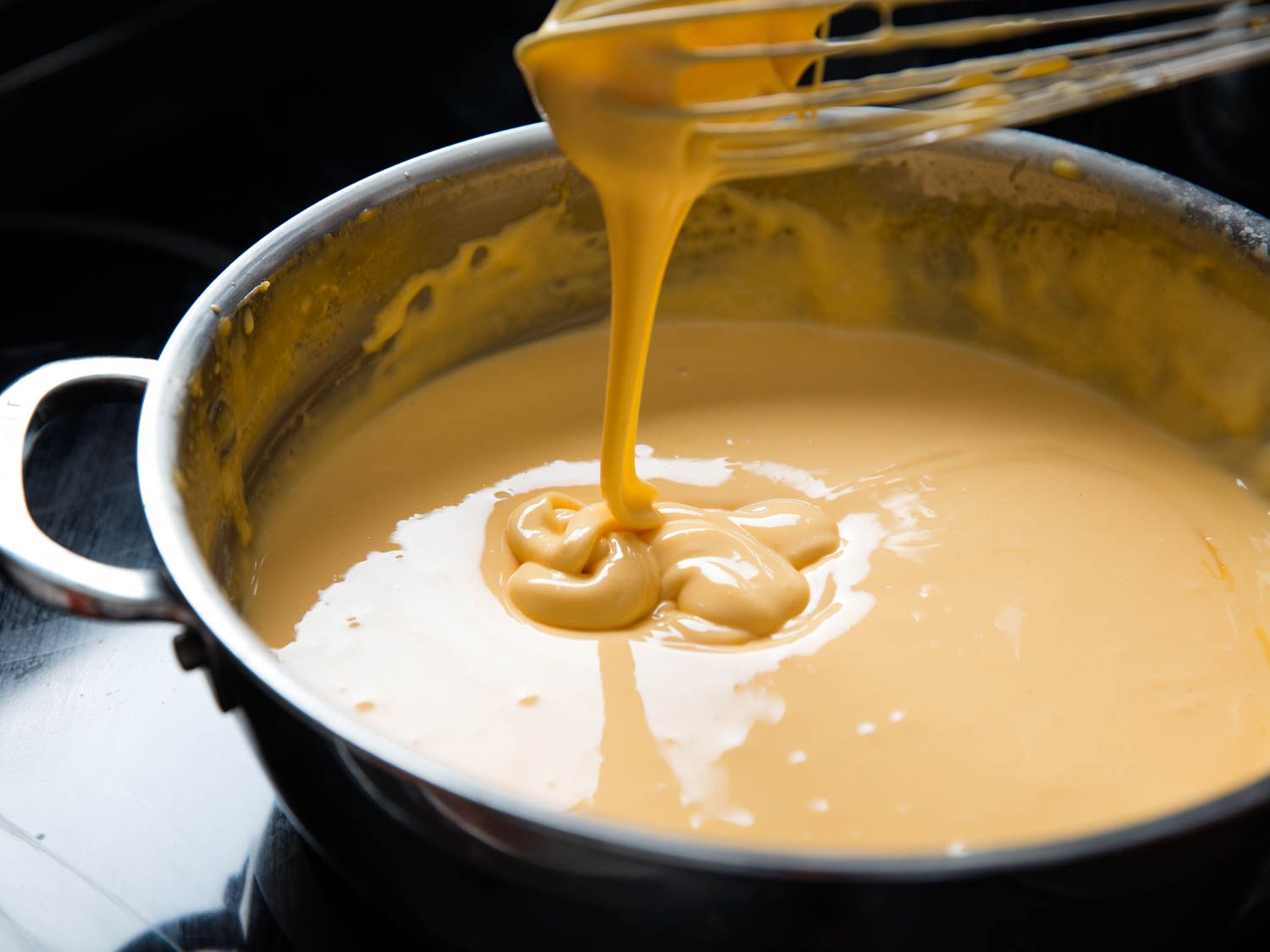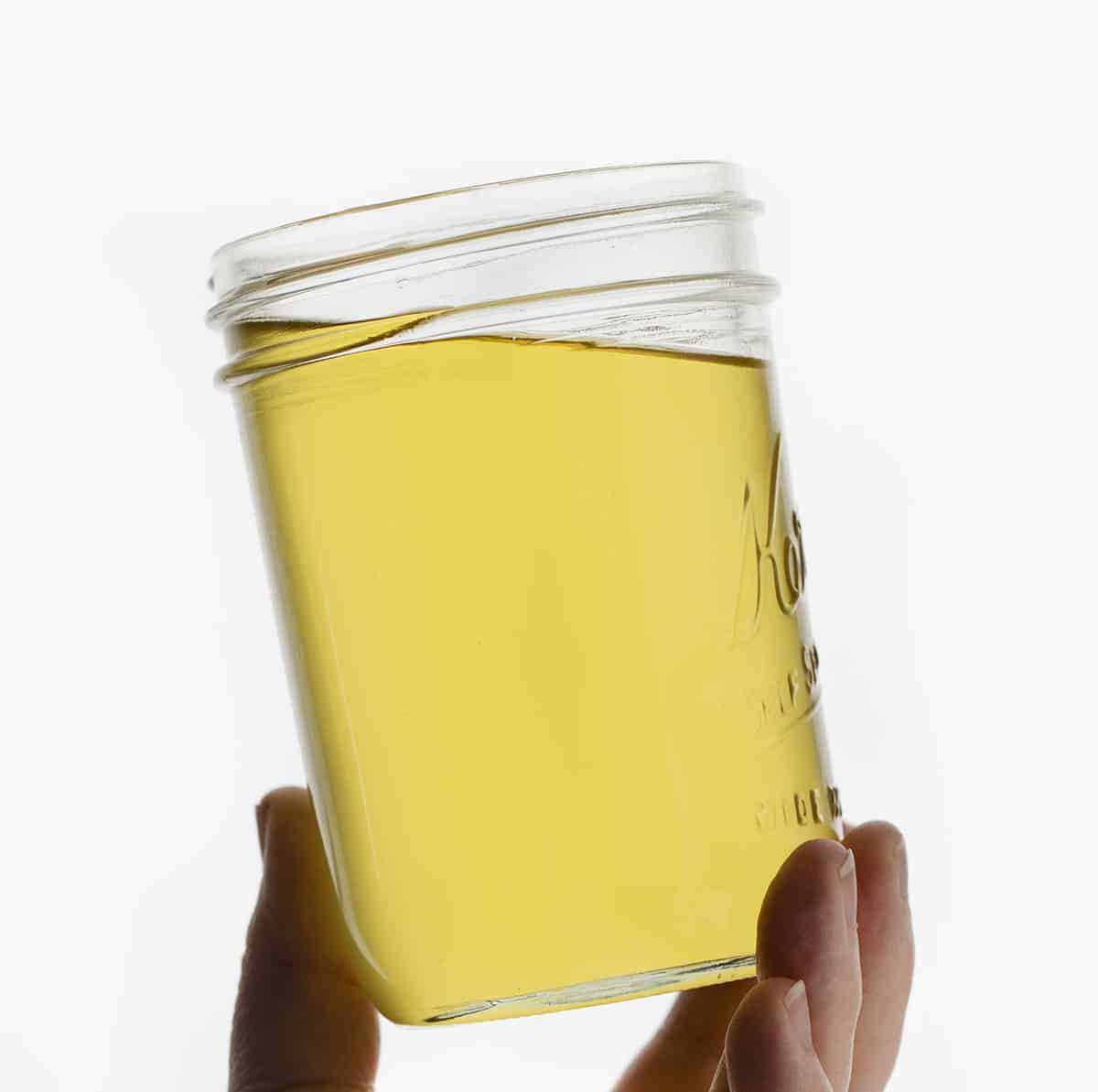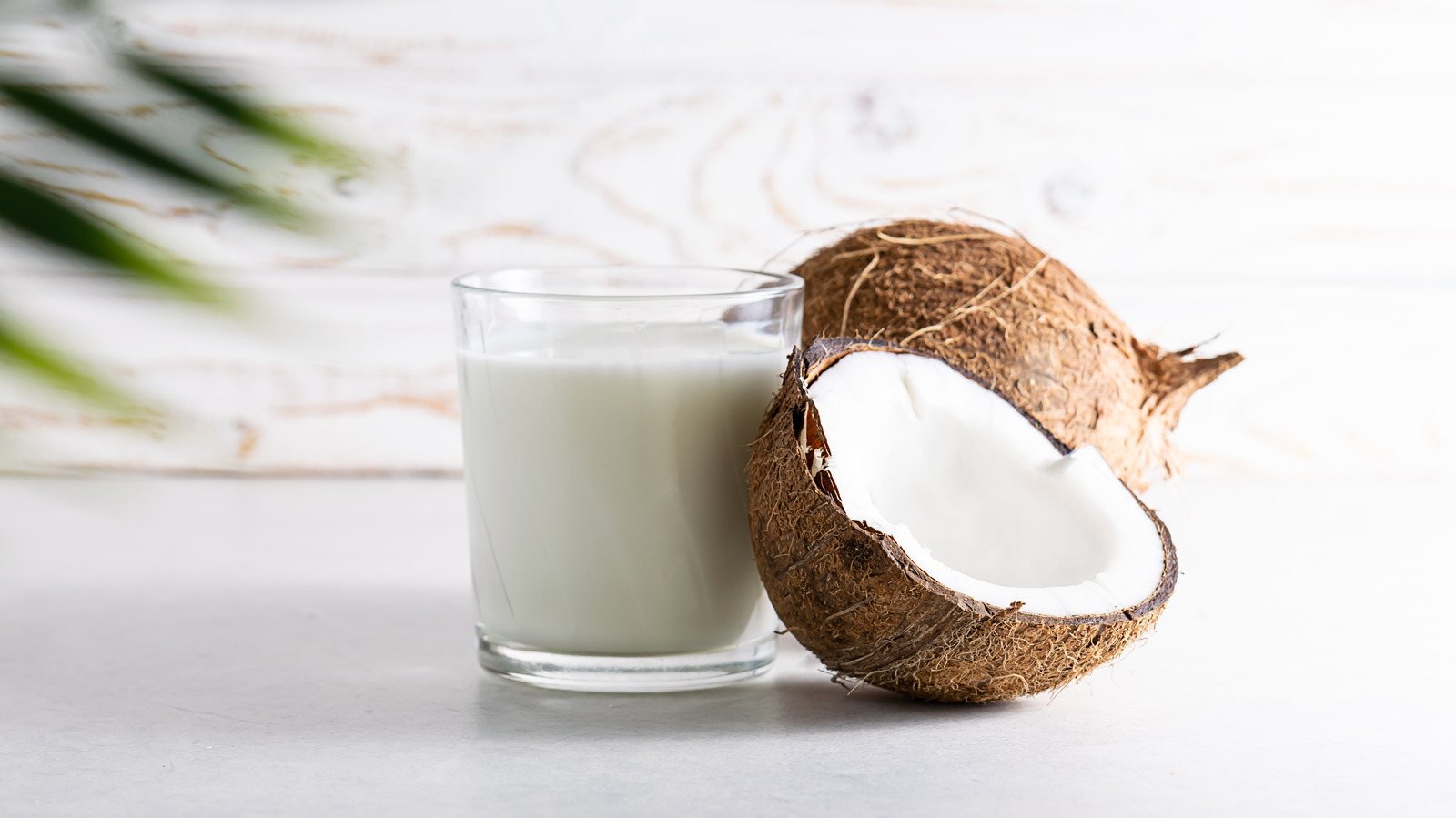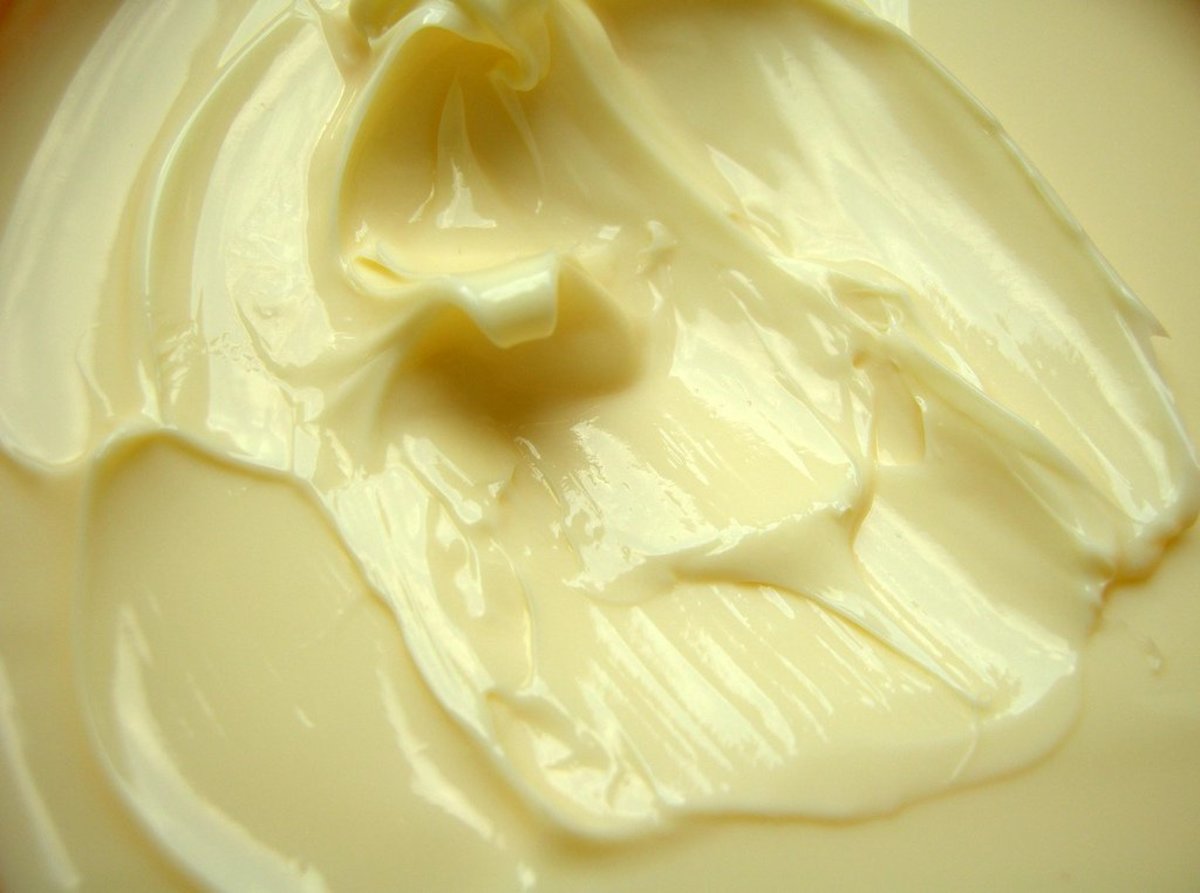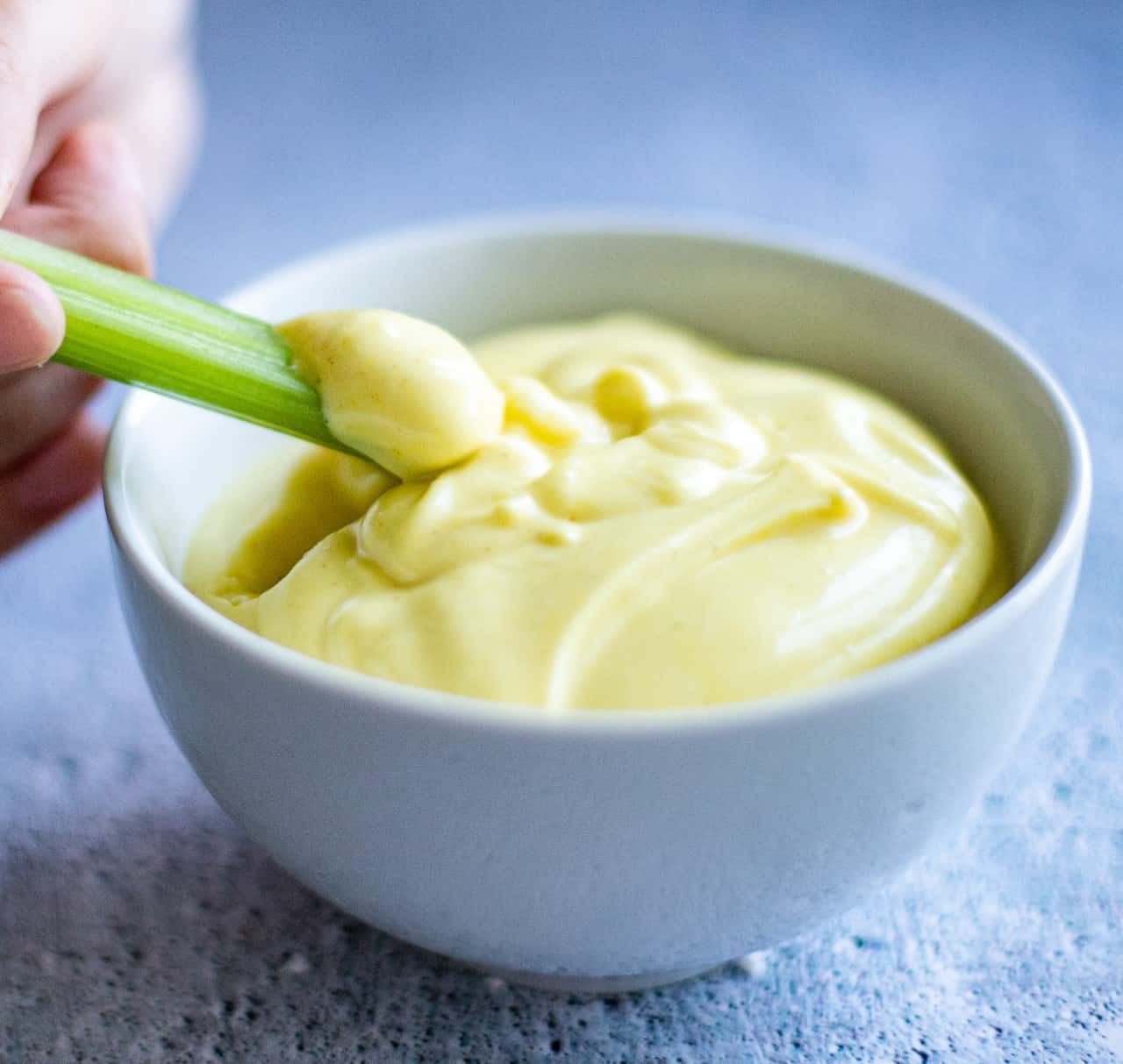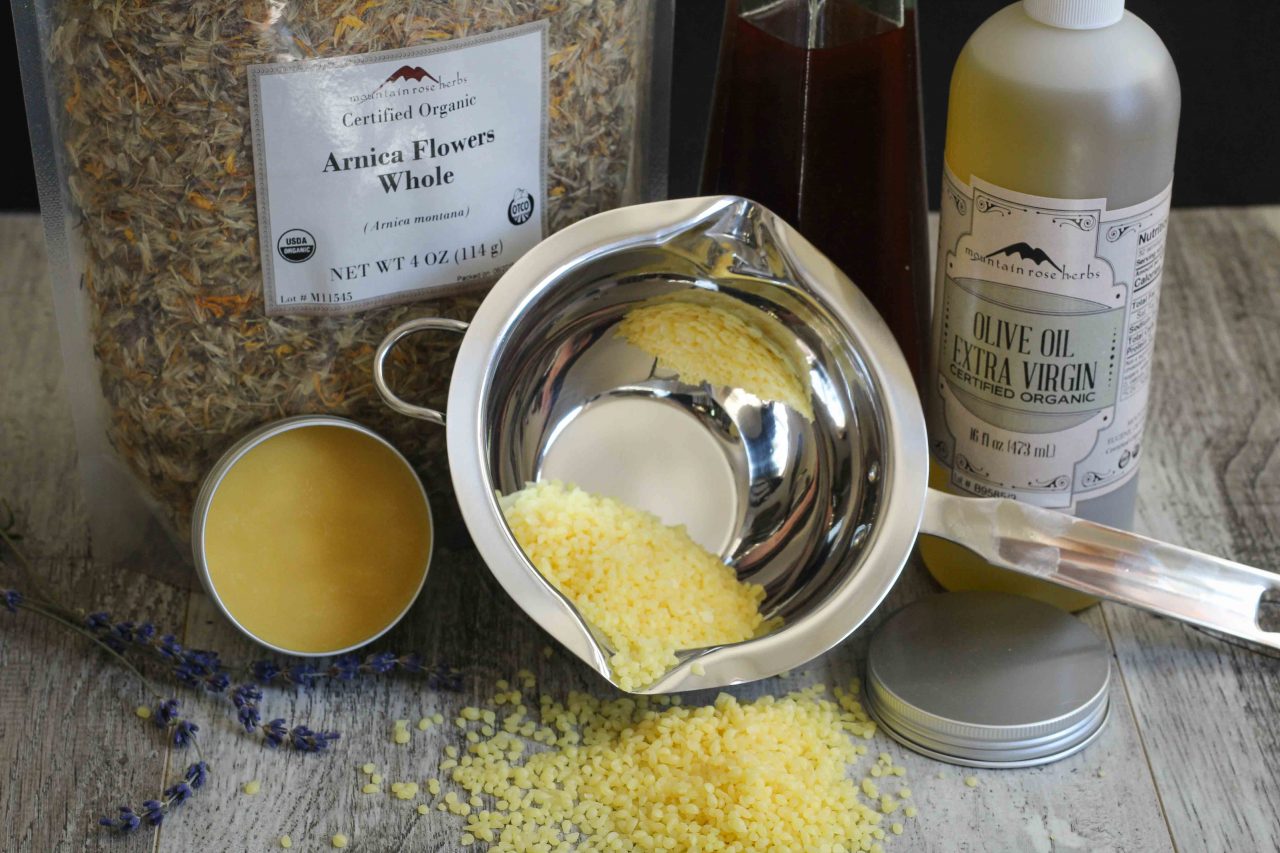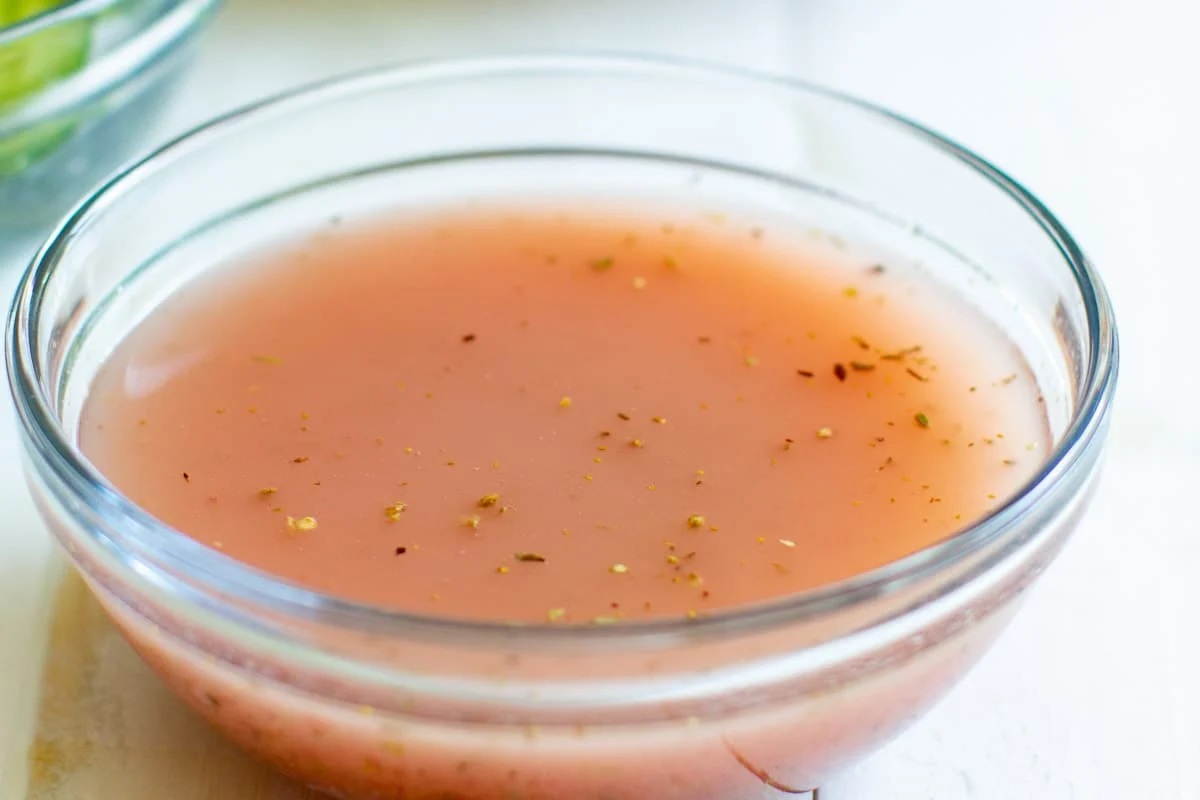Emulsifying Tahini with Xanthan Gum: A Culinary Game Changer
Are you a fan of creamy, smooth tahini but find it difficult to achieve the perfect texture? Look no further than xanthan gum, a versatile ingredient that can help you emulsify tahini to perfection. In this article, we’ll explore the process of emulsifying tahini with xanthan gum, providing you with the knowledge and skills to elevate your culinary creations.
Understanding Tahini and Xanthan Gum
Before we delve into the emulsification process, let’s take a closer look at the key players: tahini and xanthan gum.
- Tahini: Tahini is a paste made from ground sesame seeds, widely used in Middle Eastern and Mediterranean cuisines. It has a rich, nutty flavor and a thick, often separated consistency.
- Xanthan Gum: Xanthan gum is a natural thickening agent and stabilizer derived from fermented sugar. It is commonly used in gluten-free baking and as a thickening agent in sauces and dressings.
The Emulsification Process
Emulsifying tahini with xanthan gum is a simple yet effective process that can transform the texture of your tahini, making it smooth and creamy.
- Ingredients: You will need tahini, xanthan gum, and water.
- Measurements: For every cup of tahini, you can start with 1/4 teaspoon of xanthan gum and 1/4 cup of water. Adjust the quantities based on the desired consistency.
- Mixing: Start by mixing the xanthan gum with the tahini. It’s important to evenly distribute the xanthan gum to avoid clumping.
- Adding Water: Slowly incorporate the water into the tahini and xanthan gum mixture. The water helps hydrate the xanthan gum and creates a smooth, emulsified texture.
- Blending: Use a blender or food processor to blend the mixture until it reaches a creamy, homogenous consistency.
Tips for Success
Emulsifying tahini with xanthan gum may seem straightforward, but here are a few tips to ensure success:
- Gradual Mixing: Take your time when adding the water to the tahini and xanthan gum mixture. Gradual mixing helps prevent lumps and ensures a smooth emulsion.
- Consistency Adjustment: If the emulsified tahini is too thick, you can gradually add more water until you reach the desired consistency.
- Storage: Store the emulsified tahini in an airtight container in the refrigerator. It can last for several weeks, and you can use it in various recipes.
Benefits of Emulsified Tahini
Emulsifying tahini with xanthan gum offers several benefits, including:
- Improved Texture: The emulsification process results in a creamy, smooth tahini that is perfect for dips, dressings, and sauces.
- Enhanced Stability: Xanthan gum helps stabilize the emulsion, preventing separation and ensuring a consistent texture over time.
- Versatile Usage: Emulsified tahini can be used in a wide range of recipes, from hummus and baba ghanoush to salad dressings and marinades.
Experiment and Enjoy
Now that you have mastered the art of emulsifying tahini with xanthan gum, it’s time to get creative in the kitchen. Experiment with different flavor combinations, incorporate emulsified tahini into your favorite dishes, and enjoy the creamy, luxurious texture it adds to your culinary creations. Emulsifying tahini with xanthan gum is a game changer that will elevate your cooking to new heights.
With a little knowledge and experimentation, you can harness the power of xanthan gum to achieve the perfect emulsified tahini every time. Happy cooking!
Was this page helpful?
Read Next: How To Emulsify Meat For Sausage

